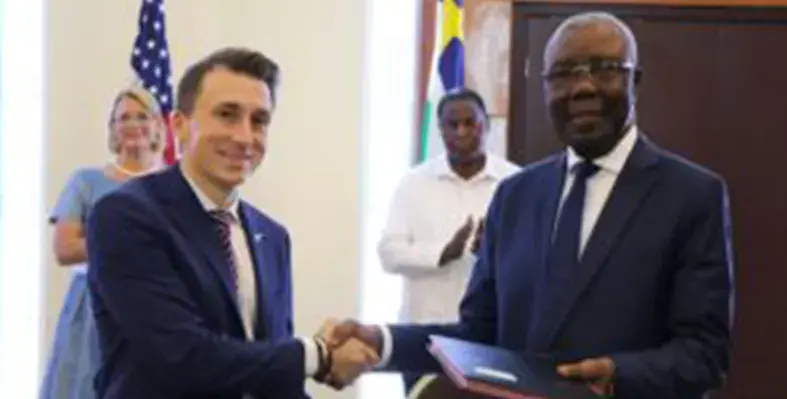The International Telecommunication Union (ITU) and the West Africa Telecommunications Regulators Assembly (WATRA) have jointly declared their commitment to enhancing collaboration on ICT infrastructure mapping throughout West Africa
Accurate ICT infrastructure data and mapping are crucial for shaping effective strategies. According to the partners, these resources are vital for connecting communities currently lacking access to digital services. Geospatial Information Systems (GIS) will play a pivotal role in guiding investment plans and facilitating well-informed decisions.
Possibilities of the digital economy?
Through this partnership, ITU and WATRA aim to maximise their respective initiatives and projects, avoiding redundancy, cutting costs, and accelerating efforts to integrate communities into the digital economy.
The joint declaration delineates several areas of cooperation, including advocacy, capacity building, and implementing ITU guidelines on geospatial data. Activities will encompass technical support, improved network planning, data analytics for decision-making, regional integration, and promoting transparency.
Expected outcomes include enhanced data coherence, better informed investment choices, streamlined decision-making, strengthened regional ties, and greater transparency via accessible online infrastructure information.
Advocacy efforts will highlight the significance of comprehensive infrastructure data management. Capacity building will involve shared resources and joint training sessions for member states to enhance their infrastructure and broadband mapping capabilities.
Technical assistance will focus on reviewing and updating infrastructure data, while capacity development will improve network planning insights, influencing investment decisions across the region.
The partnership also aims to foster regional integration by identifying network interconnection opportunities and gaps, encouraging new investments, and forging partnerships. Additionally, it will advocate for increased transparency and stakeholder engagement through web-based infrastructure information accessibility.























